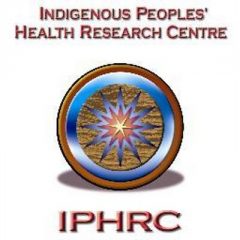


W. Ermine, D. Sauchyn, M. Vetter, C. Hart
PROJECT SUMMARY
The purpose of the research is to assess the future impacts of climate change and the capacity for two First Nation communities in Saskatchewan to respond and adapt to those impacts.
This report provides an overview of the findings from the Prairie Adaptation Research Collaboration project, Isi Wipan – Climate: Identifying the impacts of climate change and capacity for adaptation in two Saskatchewan First Nation communities. Two community case studies were undertaken with attention given to the integrated and interconnected impacts of climate change across various sectors. A holistic framework was used that emphasizes the interconnections between the social, cultural and natural systems. Scientific data on paleoclimate and paleovegetation for the eco region encompassing these two communities is provided. Additionally, Elders from the James Smith and Shoal Lake Cree Nations came together in their respective communities to discuss impacts from climate and environmental changes on the health of their populations. The two Elder forums, or focus groups held in each community, were based on respectful learning and traditional protocols in which Elders share information about climate change with one another and with members of the scientific community. Four basic objectives guided this community case study: To identify what the Elders have experienced in terms of climate and environmental change as suggested by traditions and oral histories; How the changes in the climate and environment impact the health of community members, recognizing that the natural environment is one of the key determinants of health (with health defined as encompassing physical, mental, emotional and spiritual components); For Elders to communicate what features or resources of the traditional territory are highly valued, and to what degree these features or resources at risk to climate and environmental change in their territories; and to identify what enables or constraints communities to adapt to changes. The Elder discussions in response to these questions are identified and discussed in this paper.
A number of broad themes emerged from the discussions that indicate how the social, economic and cultural systems were impacted by changes and how the people from both communities demonstrate qualities of resilience, stability and flexibility in the face of changes that were taking place around them.